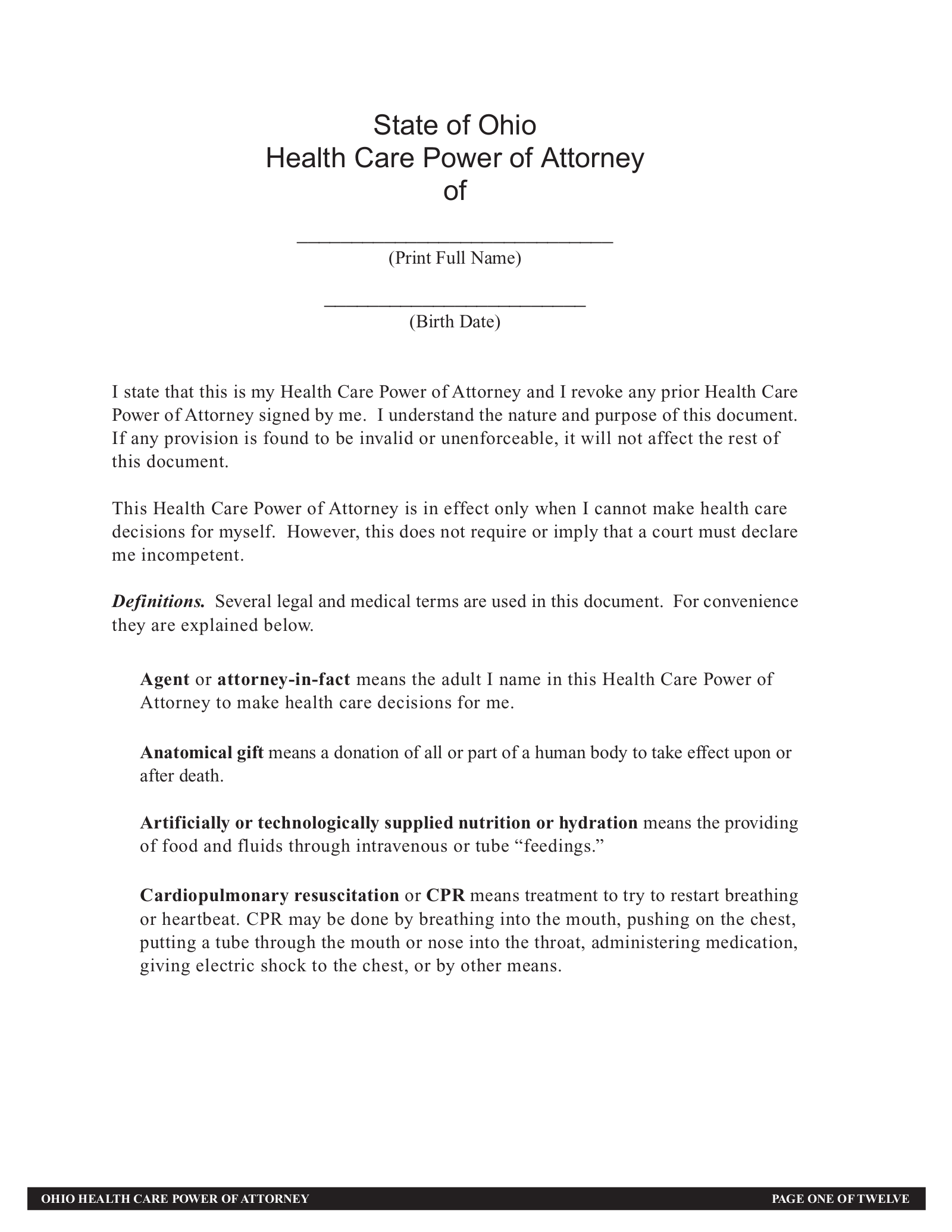A Health Care Professional Is Caring For A Patient Who Is About To Begin Taking Epoetin Alfa for Beginners
Doleta. gov. Archived from the initial on 2012-01-29. Retrieved 2015-02-17. "Snapshots: Comparing Projected Development in Healthcare Expenditures and the Economy The Henry J. Kaiser Family Structure". https://www.google.com/maps/d/edit?mid=1w5nqIF84BryTAbjUdxqs4Z7tr2GiUY_I&usp=sharing Kff. org. 2006-04-17. Retrieved 2015-02-17. United Nations. New york city. "Yahoo Market Web Browser Healthcare Sector Industry List". Biz. yahoo.com. Recovered 17 February 2015. Hernandez P et al., "Determining expenditure on the health labor force: principles, data sources and approaches", in: Handbook on tracking and evaluation of human resources for health, Geneva, World Health Company, 2009.
Table 6: Health workforce, infrastructure and vital medications. Geneva, 2011. Accessed 21 July 2011. Evans RG (1997 ). "Going for the gold: the redistributive program behind market-based health care reform" (PDF). J Health Polit Policy Law. 22 (2 ): 42765. CiteSeerX. doi:10. 1215/03616878 -22 -2 -427. PMID 9159711. Keehan, Sean P.; Stone, Devin A.; Poisal, John A.; Cuckler, Gigi A.; Sisko, Andrea M.; Smith, Sheila D.; Madison, Andrew J.; Wolfe, Christian J.; Lizonitz, Joseph M.
"National Health Expenditure Projections, 201625: Price Increases, Aging Push Sector To 20 Percent Of Economy". Health Affairs. 36 (3 ): 553563. doi:10. 1377/hlthaff. 2016.1627. ISSN 0278-2715. PMID 28202501. S2CID 4927588. Archived March 20, 2007, at the Wayback Machine "Typical 2016 health-care bill: $12,782" by Ricardo Alonso-Zalvidar February 21, 2007 "WHO Health systems service shipment". rate, for selected health-care services (Hargraves and Bloschichak 2019). For instance, a Humira Pen costs between 16 percent (South Africa) and 35 percent (Germany) of the U.S. typical cost. Fairly high U.S. rates are not almost higher prescription drug prices (the bottom panel of figure 8) and the implicit subsidies that the United States supplies to the remainder of the world (much of which imposes rate controls on prescription drugs) by paying the repaired costs of drug research and development (Wagner and McCarthy 2004).
For instance, a hip replacement surgery costs between 21 percent (Holland) and 64 percent (Australia) of the typical cost in the United States. These patterns follow research showing that high U (who led the reform efforts for mental health care in the united states?).S. prices are a vital part of high U.S. spending on health care (Papanicolas, Woskie, and Jha 2018).
In particular, rates up until now above those in other nations can show leas (i. e., payments to the health-care system beyond what is necessary for a regular rate of profit). These leas are driven by market imperfections consisting of service provider market power and the problem that health-care clients and other payers have in assessing prices and quality (Chernew, Dafny, and Pany 2020).
What Is A Single Payer Health Care System Can Be Fun For Everyone
rates. One factor for high prices and high health-care costs is that competitors is abnormally weak in the health-care system. Debt consolidation of medical suppliers, barriers to market entry, and the closing of some healthcare facilities have caused high and increasing market concentration, which allows companies to set higher rates without losing patients.
This index catches the degree to which market share is concentrated in a couple of companies, and it is a crucial evaluation tool for antitrust policy. Under the Department of Justice/Federal Trade Commission Merger Standards, an HHI of 1,500 indicates a reasonably concerning concentration level, and an HHI of 2,500 suggests high concentration.
Medical care physicians are between the moderate and high concentration levels, but they have experienced a fast boost in HHI as private practices have been gotten (Capps, Dranove, and Ody 2017; Capps, Dranove, and Ody 2018; Fulton 2017). Figure 9 shows mean HHI throughout cities, instead of the nationwide level.
While this is proper for understanding the variety of choices readily available to a patient, it does not catch the negative impacts of combinations throughout geographical areas (Dafny, Ho, and Lee 2019; Lewis and Pflum 2017). As explained in Gaynor (2020 ), health centers that consolidate across areas gain take advantage of in settlements with insurers, who prefer to provide big companies a health insurance that consists of many service provider options throughout the United States.
However policymakers can take actions to avoid additional consolidationand promote competition in other waysas described in a Hamilton Project proposal by Martin Gaynor (2020 ). Administrative health-care costs are greater as a share of GDP in the United States than in other nations. These administrative (i. e., nonclinical) costs take several types: claims processing and payment, prior permission and eligibility decisions, and quality measurement, amongst others.
What Home Health Care Is Covered By Medicare Fundamentals Explained
costs over those of other advanced economies is part of the explanation for high U.S. health-care costs general (Cutler and Ly 2011). Figure 10 shows two various estimates of administrative costs in the health-care systems of the United States and numerous other nations. The OECD price quotes include only payers' expenses to administer health advantages and protection, while the estimates by Himmelstein and coauthors consist of just administrative expenses to healthcare facilities (OECD 2020a; Himmelstein et al.
The differences between the United States and other nations are noteworthy. The United States invested 1. 4 percent of GDP on healthcare facility administrative costs in 2010, compared to 0. 8 percent in the Netherlands and simply 0 - what is a single payer health care. 4 percent in Canada. On the payers' side the United States is also an outlier, costs 1.

2 percent in the UK. One reason for administrative costs is to reduce non-administrative expenses connected to excess usage of health-care services. For example, prior-authorization requirements can lower expenses and limit usage of the most expensive drug options (Soumerai 2004). However, these requirements enforce costs on clients and companies that should be taken into account, and sometimes they might just show a fight over who spends for essential treatments.
In a Hamilton Task proposal, David Cutler (2020) describes reforms that would decrease administrative expenses without impairing essential functions of the health-care system. Health-care service providers have ended up being a bigger share of the labor force, increasing from 5. 0 percent of work in 1980 to 8. 5 percent in 2019 (BLS 19802019b and authors' computations).
In figure 11a, we reveal the rate of medical residency positions per 100,000 U.S. homeowners that were available over the last 60 years. These positions are a required part of doctor training, needed simply after medical school. Historically the federal government has actually heavily supported a specific number of residency positions (Heisler et al.
What Is Single Payer Health Care Things To Know Before You Buy
From 1960 through 2010, per capita medical residency positions increased just a little, rising from 6. 9 to 7. 4 per 100,000 people. A more rapid boost happened given that 2010 as a number of osteopathic programs got in the data, bringing the rate to 9. 8 in 2019 (about 32,000 overall positions), however still below the application rate.The flat ratecontrasted with rising expenditures and health-care needs for an aging and richer populationsuggests that limited supply has been an issue.

